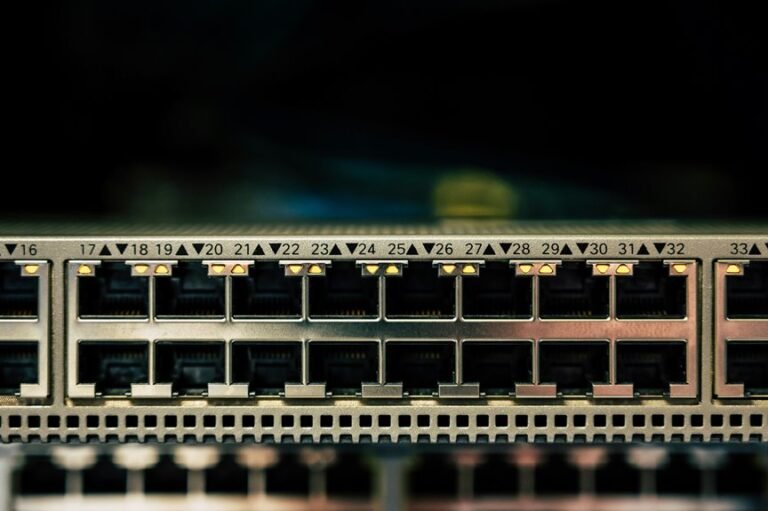How 5106170105 Is Transforming Network Optimization
The 5106170105 system is reshaping network optimization through advanced scalability and adaptive algorithms. Its integrated security features safeguard data integrity against emerging threats. With effective monitoring tools, it ensures reliability and uninterrupted service. The system’s capability to analyze performance metrics fosters proactive issue resolution. This combination of attributes prompts a closer examination of its key features and implications for future network management strategies.
The Role of Data Analytics in Network Optimization
Data analytics plays a pivotal role in the optimization of network performance.
By employing data visualization techniques, stakeholders can interpret complex data sets effectively.
Predictive modeling further enhances this process by forecasting potential network issues, allowing for proactive measures.
Together, these analytical tools empower organizations to maximize efficiency, minimize downtime, and ultimately achieve a more resilient and adaptable network infrastructure.
Key Features of 5106170105
The model number 5106170105 is characterized by several key features that enhance network optimization capabilities.
Its advanced scalability solutions facilitate seamless expansion and adaptability to varying network demands.
Additionally, the integrated security enhancements provide robust protection against emerging threats, ensuring data integrity and confidentiality.
Together, these features empower organizations to achieve optimal performance while maintaining the freedom to innovate and grow without compromising security.
Enhancing Reliability and Performance
Enhancing reliability and performance within network systems necessitates a multifaceted approach that incorporates advanced monitoring tools and adaptive algorithms.
Implementing redundancy protocols ensures uninterrupted service during failures, while the analysis of performance metrics facilitates continuous improvement.
This strategic combination empowers organizations to proactively address potential issues, thereby maintaining optimal network functionality and supporting user autonomy in their operational environments.
Cost Reduction Strategies
Implementing effective cost reduction strategies in network optimization can lead to significant financial savings while maintaining service quality.
By enhancing cost efficiency through strategic resource allocation, organizations can minimize waste and improve operational effectiveness.
Techniques such as network consolidation, traffic prioritization, and automated monitoring enable better utilization of existing resources, ultimately fostering a streamlined network environment that supports both financial and performance objectives.
Future Trends in Network Management
As organizations pursue cost reduction strategies in network optimization, they must also stay informed about emerging trends that will shape the future of network management.
AI advancements and automation integration are poised to revolutionize operational efficiencies, enabling real-time analytics, predictive maintenance, and adaptive responses.
Embracing these technologies will empower organizations to enhance performance, reduce downtime, and maintain competitive advantages in a dynamic landscape.
Conclusion
In conclusion, the 5106170105 represents a significant advancement in network optimization, utilizing adaptive algorithms and robust security measures to enhance performance and reliability. Notably, organizations leveraging these technologies have reported up to a 30% reduction in network downtime, underscoring the system’s effectiveness. As data analytics continues to play a crucial role in network management, the 5106170105 sets a new standard for efficiency and innovation, paving the way for future developments in the industry.






